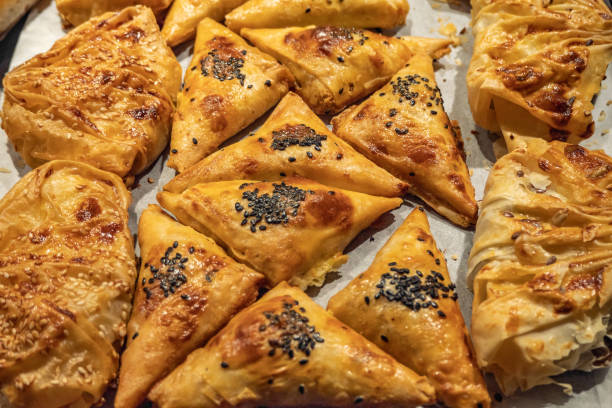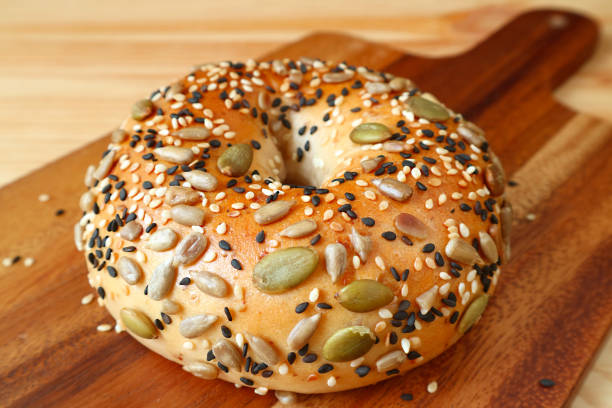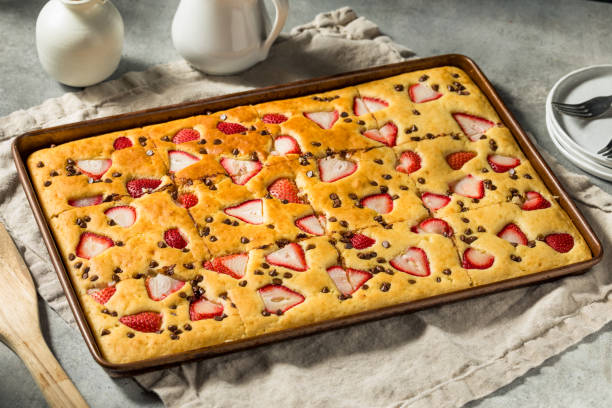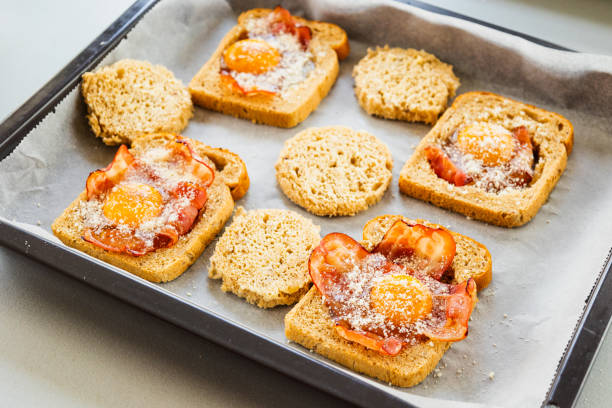Gluten Free Blueberry Muffins: Delicious & Easy Recipe
In recent years, gluten-free diets have gained significant traction, not just as a dietary necessity but also as a preferred lifestyle choice for many. With increasing awareness of gluten sensitivity and celiac disease, more people are exploring gluten-free options to accommodate their health needs. These diets exclude gluten, a protein found in wheat, barley, and rye, offering relief and improved well-being for individuals affected by gluten intolerance.
For those with gluten sensitivities, gluten-free baking is crucial. This specialized baking method allows individuals to enjoy delicious treats without the discomfort associated with gluten consumption. It opens up a world of culinary possibilities, where creative ingredients can be used to replicate the textures and flavors of traditional baked goods.
This article will provide a mouthwatering recipe for gluten-free blueberry muffins, along with essential tips to enhance your baking experience. We will delve into key ingredients that make these muffins not only delicious but also healthy, discuss their nutritional benefits, and answer common questions to help you become a confident gluten-free baker. Whether you’re new to gluten-free baking or a seasoned pro, this guide will equip you with everything you need to whip up a batch of delightful blueberry muffins that everyone will love.

Why Choose Gluten Free Muffins?
Understanding gluten sensitivity is crucial for appreciating the significance of gluten-free options, particularly when it comes to baking. Gluten is a protein found in wheat, barley, and rye, which can trigger various adverse health reactions for individuals with gluten sensitivity or celiac disease. These reactions can manifest as digestive disturbances, fatigue, and even more severe autoimmune responses. Statistics indicate that approximately 1% of the population has celiac disease, while an estimated 6% may suffer from non-celiac gluten sensitivity. With these numbers on the rise, the demand for gluten-free alternatives has surged, allowing those affected to participate in enjoyable culinary experiences without health repercussions.
The benefits of gluten-free baking extend beyond mere dietary restrictions. By opting for gluten-free muffins, individuals can experience significant improvements in digestion, energy levels, and overall well-being. Many gluten-free muffins utilize a variety of alternative flours, which can offer unique flavors and textures that contrast delightfully with traditional wheat-based muffins. For example, muffins made with almond flour provide a nutty richness, while coconut flour adds a hint of sweetness. Moreover, gluten-free muffins often come packed with wholesome ingredients, transforming a sweet treat into a nutrient-dense option. The delightful combination of flavors and textures available in gluten-free baking can elevate the simple muffin experience to new heights, ensuring that every bite is as satisfying as it is safe for those avoiding gluten.

Key Ingredients for Gluten-Free Blueberry Muffins
To create the perfect gluten-free blueberry muffins, selecting the right ingredients is crucial. Here, we will explore essential components, including gluten-free flours, sweeteners, and binders, that contribute to the delightful taste and texture of these muffins.
Gluten-Free Flours
When it comes to gluten-free baking, choosing the right flour is the foundation of your success. Here’s a brief overview of some popular gluten-free flours:
- Almond Flour: This nutty flour adds moisture and richness, making it a popular choice for gluten-free muffins.
- Coconut Flour: A highly absorbent flour that offers a subtle sweetness and delightful texture.
- Oat Flour: Made from ground oats, this flour can lend a lovely flavor and help stabilize the muffin.
Sweeteners
Sweeteners play a crucial role in balancing the flavors of your muffins. It’s important to consider the type of sweetener you use:
- Natural Sweeteners: Options like honey, maple syrup, and coconut sugar are often healthier choices compared to refined sugars.
- Recommended Sweeteners: For a perfectly sweet muffin, try using honey or maple syrup for moisture or coconut sugar for a less refined option.
Binders and Leavening Agents
In gluten-free baking, binders and leavening agents help achieve the right texture. Here are a few key players:
- Eggs: They provide structure, moisture, and act as a binder.
- Flaxseed: Ground flaxseed mixed with water can substitute eggs, adding fiber and a touch of nuttiness.
- Baking Powder: An essential leavening agent that helps muffins rise.
Detailed Recipe for Gluten-Free Blueberry Muffins
Ingredients
To create a batch of scrumptious gluten-free blueberry muffins, gather the following ingredients:
- 2 cups gluten-free flour blend
- 1 cup fresh blueberries
- 1/2 cup granulated sugar or alternative sweetener
- 1/4 cup coconut oil or melted butter
- 1 cup dairy-free milk (almond or oat)
- 2 large eggs
- 2 tsp baking powder
- 1/2 tsp salt
- 1 tsp vanilla extract
Directions
- Preheat your oven to 350°F (175°C) and line a muffin tin with paper liners.
- In a large bowl, combine the dry ingredients: flour, sugar, baking powder, and salt.
- In a separate bowl, whisk together the wet ingredients: melted coconut oil, milk, eggs, and vanilla extract.
- Pour the wet ingredients into the dry ingredients and stir until just combined.
- Gently fold in the blueberries.
- Distribute the batter evenly into the muffin tins.
- Bake for 18-22 minutes or until a toothpick comes out clean.
- Let cool and enjoy!
Advice
For the best texture in your gluten-free muffins, follow these tips:
- Mix of Flours: Consider using a blend of different gluten-free flours to achieve a balanced consistency and flavor.
- Not Over-Mixing: Gently fold the ingredients until just combined to prevent a dense texture.
- Resting the Batter: Allow the batter to rest for about 10 minutes before baking; this can enhance texture and rise.
When it comes to storing your muffins, here are some tips:
- Room Temperature: Store them in an airtight container at room temperature for up to 3 days.
- Fridge: Alternatively, refrigerate them for up to a week.
- Freezing: For longer storage, freeze muffins in a ziplock bag; they will last up to 3 months.
Nutritional Information
Understanding the nutritional value of your gluten-free blueberry muffins can help you make healthier choices. Here’s a breakdown of key nutritional information:
- Calories: Each muffin typically contains around 150-200 calories, depending on the specific ingredient variations.
- Fiber: Gluten-free muffins can be a good source of dietary fiber, especially when made with whole food ingredients.
- Vitamins: Utilizing nut flours can add important vitamins and minerals, enhancing the nutritional value.
When comparing gluten-free muffins to traditional ones, gluten-free options often offer alternative nutrients that can benefit those avoiding gluten, such as increased fiber and healthy fats.
Common Mistakes to Avoid
To ensure your gluten-free blueberry muffins turn out perfectly, be aware of these common pitfalls:
- Using Only One Type of Flour: Different flours provide various textures; a blend often gives the best results.
- Not Measuring Ingredients Correctly: Accurate measurements are crucial in baking; invest in a kitchen scale if possible.
- Overmixing the Batter: Stir just until combined to avoid dense muffins.
- Baking at the Wrong Temperature/Time: Always preheat your oven and keep an eye on your muffins to prevent overbaking.
Variations and Add-Ins
One of the joys of baking is experimenting with different flavors. Here are some fun variations and add-ins to elevate your gluten-free muffins:
- Alternative Fruits: Substitute blueberries with raspberries, strawberries, or even chopped apples for a delightful twist.
- Nut Additions: Incorporate nuts such as walnuts or pecans for added crunch and nutrition.
- Spice Suggestions: Enhance flavor with spices like cinnamon or nutmeg for warmth and depth.
- Non-Dairy Options: Consider substituting regular dairy with almond or coconut milk to cater to various dietary needs.
FAQs Section
Can gluten-free blueberry muffins be made dairy-free?
Absolutely! You can easily make these muffins dairy-free by using plant-based milk like almond or oat milk and substituting coconut oil for butter.
What can I substitute for eggs in gluten-free muffins?
For egg substitutes, consider using ground flaxseed mixed with water (1 tablespoon ground flaxseed + 2.5 tablespoons water = 1 egg) or unsweetened applesauce for moisture.
How long do gluten-free muffins last?
Gluten-free muffins typically last for about 3 days at room temperature or up to a week in the refrigerator. You can freeze them for up to 3 months for longer storage.
Can I use frozen blueberries?
Yes, frozen blueberries can be used! However, do not thaw them beforehand to prevent excess moisture in your batter. Add them straight from the freezer.
Conclusion
Making gluten-free blueberry muffins at home is a rewarding culinary experience that offers both deliciousness and health benefits. With a few simple ingredients and tips, you can create a treat that everyone can enjoy. Embrace this baking adventure, and don’t hesitate to share your results and feedback!
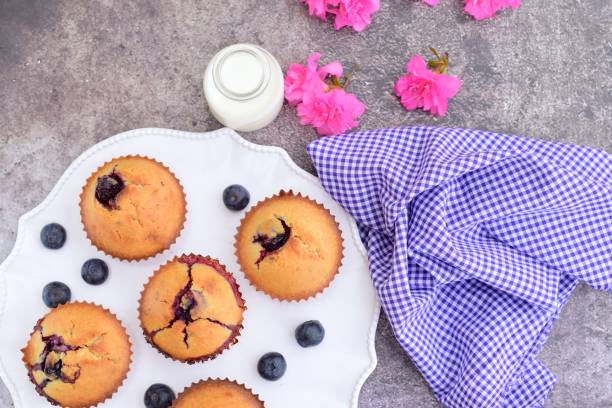
gluten free blueberry muffins
Equipment
- 1 muffin tin
- 2 mixing bowls
- 1 whisk
- 1 measuring cups and spoons
- 1 rubber spatula
- 1 oven
Ingredients
- 2 cups gluten-free all-purpose flour
- 1 cup granulated sugar
- 1 tablespoon baking powder
- 1/2 teaspoon baking soda
- 1/2 teaspoon salt
- 1 cup milk or non-dairy milk
- 1/3 cup vegetable oil
- 2 large eggs
- 1 teaspoon vanilla extract
- 1 1/2 cups fresh blueberries
Instructions
- Preheat your oven to 375°F (190°C). Grease the muffin tin or line it with paper liners.
- In a large mixing bowl, combine the gluten-free flour, sugar, baking powder, baking soda, and salt. Whisk until combined.
- In another bowl, whisk together the milk, vegetable oil, eggs, and vanilla extract until well mixed.
- Pour the wet ingredients into the dry ingredients and stir with a rubber spatula until just combined. Be careful not to overmix.
- Gently fold in the fresh blueberries until evenly distributed throughout the batter.
- Spoon the batter into the prepared muffin tin, filling each cup about 2/3 full.
- Bake in the preheated oven for 20 minutes or until a toothpick inserted into the center of a muffin comes out clean.
- Allow the muffins to cool in the pan for 5 minutes before transferring them to a wire rack to cool completely.


